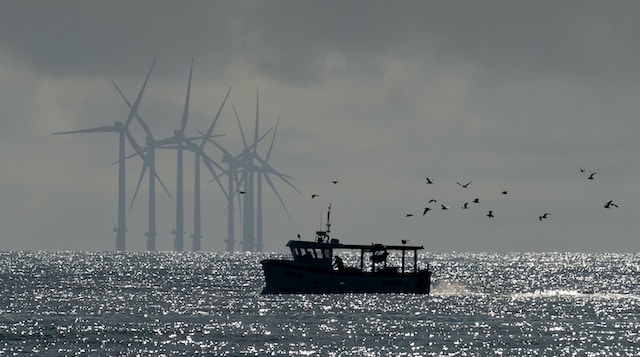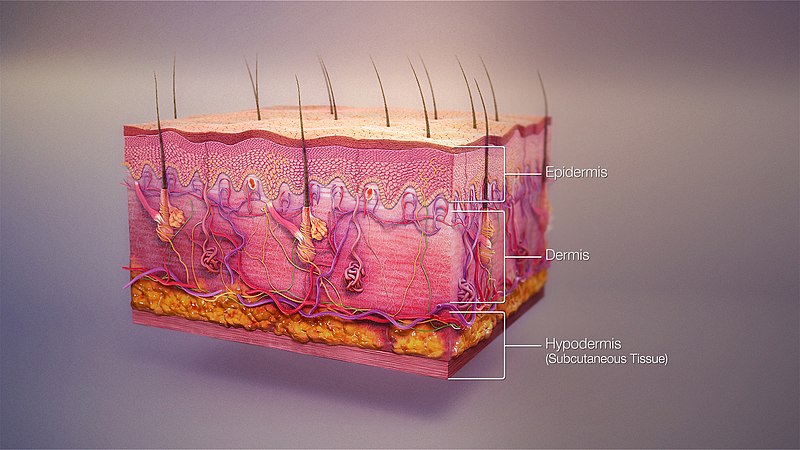To determine whether a building can withstand a “Level 5” tornado, let’s take a look at what this means. According to the Fujita Scale a “Level 5” tornado has winds up to 318 mph (482 kmh) and occurs less than 1% of the time. According to scientists, a Level 5 tornado releases more energy than 10 to 500 Hiroshima-like events during an hour-long storm, depending on intensity. Having seen photos of Hiroshima and a number of Level 5 storms it is clear human built structures in the direct path of a tornado don’t have much of a chance unless they are specifically designed to withstand such events. There are basically three designs that might work: a “Fort Knox” type structure, an underground structure, or an aerodynamically designed structure that allows wind to pass over it.
Tornadogenesis
Tornadoes are otherwise known as “severe convective storms” and occur all over the earth and are not limited to any specific region although latitudes between 30° and 50° north or south are the sweet spot for “tornadogenesis”. Tornadoes have been recorded on every continent except Antarctica. the United states leads the world in tornadoes with about 1000 each year with Canada in second place with just 100 per year. Tornadoes typically occur in the United States in the “plains states” also known as “Tornado Alley.” The top ten states for the highest number of tornadoes annually, according to the National Oceanic and AtmosphericAdministration (NOAA), include:
- Texas-139
- Oklahoma-57
- Kansas-55
- Florida-55
- Nebraska-45
- Iowa-37
- Illinois-35
- Missouri-30
- South Dakota-29
- Louisiana-27
Fujita Scale
A detailed report on the “Enhanced Fujita Scale” provides detail and photos of the type and level of damage for various structures. See the Fujita Scale in the illustration below too.
The following video shows a Level 5 tornado.






